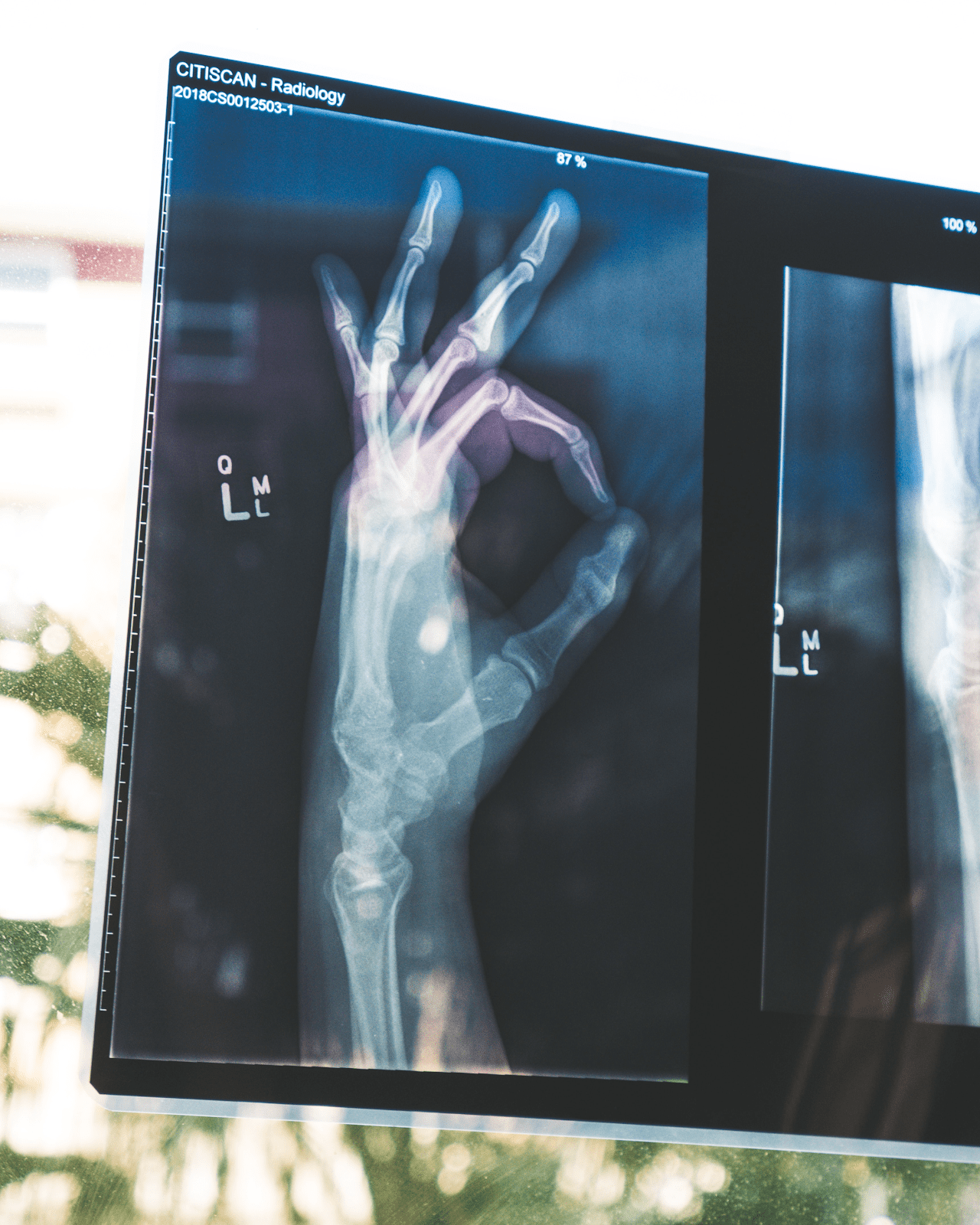Treat The Man Not The Scan
Posted By: Andy Barker
As a therapist you may send a patient or player that has been injured for a scan.
This might be an ultrasound or MRI.
MRI’s in particular are often seen as the ‘gold standard’ to make an accurate diagnosis but they might actually cause more issues than be of any help.
I had an example of this just this week with a pro rugby player I was looking after who had picked up a hamstring injury.
He felt his hamstring ‘pop’ whilst sprinting during a field session and was unable to continue.
On the field and when assessed back in the medical room he was not great.
He had symptoms through hip and knee ROM testing and on all resisted tests and was limping heavily, so much so that he had to use some crutches.
He presented clinically like a moderate to high grade 2 biceps femoris hamstring injury.
He was sent for a MRI but…
This came all clear!
It was reported as a BAMIC Grade 0, or in other words, there was no structural injury.
One big thing with imaging to remember is that a scan gives you an image of anatomy and not function.
In this players case the MRI showed that his anatomy was good as he had no structural muscle injury…
But clearly his function was poor.
Always remember what you see, or do not see on a scan, is just part of the puzzle.
Any type of scan or investigation you use is just part of your assessment and in no way shape or form should it replace the tests you do with your patient or athlete in the clinic room.
As a therapist you treat the problems that you identify during your assessment.
That might be reduced range of movement or reduced strength like I did with this player following his hamstring injury.
Had his MRI shown a structural injury would that have changed my approach?
Not at all.
I was treating his symptoms and the problems that I had identified during his assessment, not the report of his MRI.
If you blindly follow an MRI report without comparing it to the patient in front of you, you could find yourself over or under diagnosing an issue and then over or under treating an inaccurate pathology.
Treat the man not the scan.
Bear this in mind the next time you are considering referring a patient or athlete for a scan…
Or when reading a scan report before you have assessed your patient.
Andy
The New Grad Physio Mentor
PS. I just posted this case study in my private New Grad Physio Members Fast-Track Group.
I post cases like this all the time in the group so the members can see injuries that they might not commonly see or have much experience with…
Then I detail my clinical reasoning as to how I came to the right diagnosis and what treatment techniques and rehab exercises I use and why.
If you would like to get in on the action and join the community then head here to apply to see if you would be suitable.

